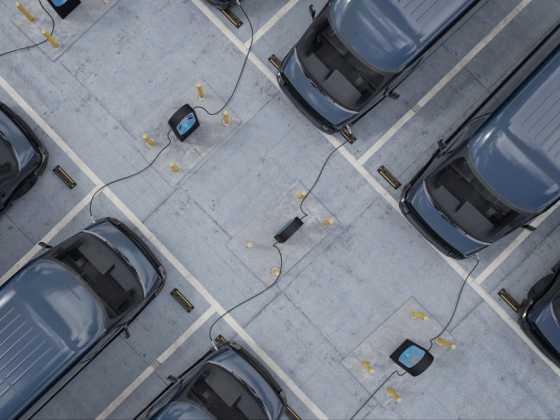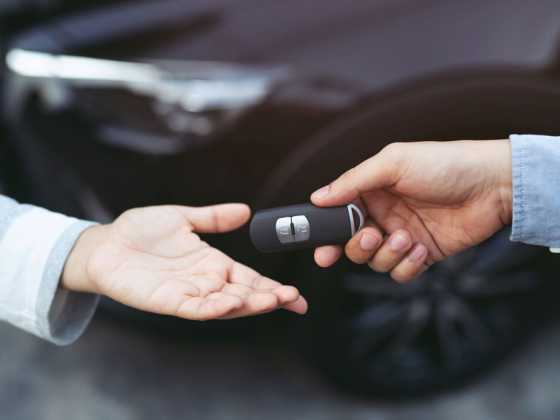Andy Eastlake: Is low carbon losing its shine?

Data published earlier this month showed that, for the first time in nearly two decades, average new car CO2 emissions rose – from around 120g/CO2 per km to 121g (up around 0.8%). This was a wake-up call for many of course, but to those of us closely involved in the low carbon agenda, it was not completely unexpected.
The latest data shows a slump in diesel car sales (down 17% in 2017 vs 2016) alongside a small rise (2.7%) in petrol car sales, causing the market share of diesel cars to drop back to 42% (from 48% in 2016). Alternative Fuel Vehicles (AFVs) - including hybrid, plug-in and pure battery EV - increased almost 35% year-on-year and made up 4.7% of the overall market last year. (Note that 88% of those 120,000 AFVs have a petrol engine, so the overall petrol market share is somewhat understated.) On a like-for-like basis in terms of vehicle size and performance, diesel cars emit less CO2 per km (20% according to the SMMT) than similar petrol cars and, I think, this factor is likely to explain much of the rise in average emissions, outweighing the positive impact of the rise in AFV numbers.
AFV sales were, indeed, one of the brightest spots in the data and I anticipate further strong growth this year with the continued focus on air pollution and the introduction of Clean Air Zones.
The increasing focus by manufacturers on the regulated shift to new vehicle emissions tests – to the representative WLTP for fuel consumption, emissions and CO2, and to real driving emissions (RDE) for locally polluting emissions, could be another factor in the rise, though it’s precise impacts are difficult to estimate at this time.
Within the AFV segment, a record number of hybrid, plug-in hybrid, battery electric and hydrogen fuel cell cars were also registered in 2017. Cars eligible for the plug-in car grant showed an increase of nearly 27%, to over 45,000 individual vehicles, in 2017 compared with the previous year. But the quiet revolution in what we might call ’regular’ petrol hybrids (ie non plug-in) is, arguably, the unsung hero with growth of 43% year-on-year.
So, what does all this mean in terms of future CO2 emissions from the road transport sector?
While the latest new car results are clearly not good news, I think there are encouraging trends in terms of the uptake of cleaner, low carbon vehicles. Commitments by the motor manufacturers and governments – both central and local – around the world, particularly to vehicle electrification, points to rapid progress in this area which, I hope, should compensate for any further shift from diesel to petrol cars over the short or medium-term.
It’s important to remember that there are clear challenges based on legitimate concerns about air pollution from the use of some diesel car models in areas of poor air quality. Diesel cars are, though, still one of the most suitable (low carbon) choices for many high mileage and motorway operations. We already see the latest Euro 6 RDE cars following the trend set by the latest Euro VI buses and trucks in making a step change in terms of local pollutants.
It’s highly likely that we’ll see further fluctuations – and uncertainties – in future CO2 data as the new test cycles, taxation and policies all come into effect before the data settles down under the new testing regimes, but I’m confident that the downward trajectory in CO2 emissions of the twenty years to 2016 will soon be resumed. And, of course, the LowCVP will be working hard to help vehicle users navigate, and benefit from that inevitable shift.






